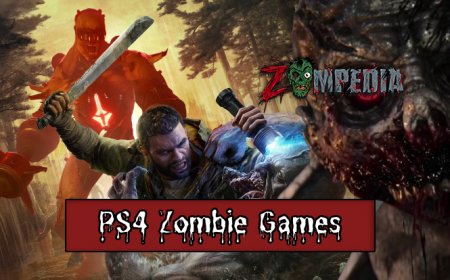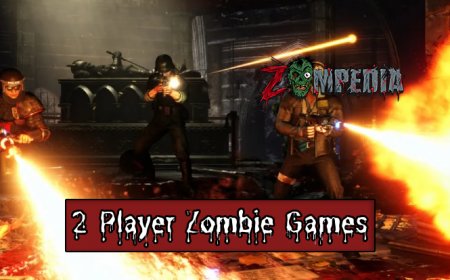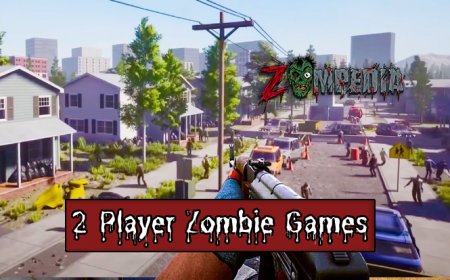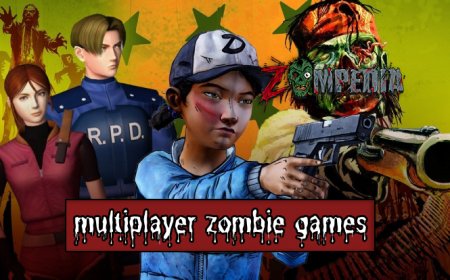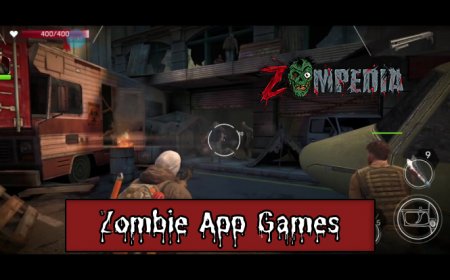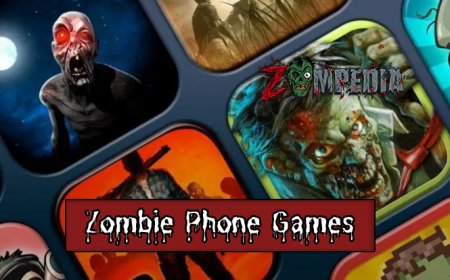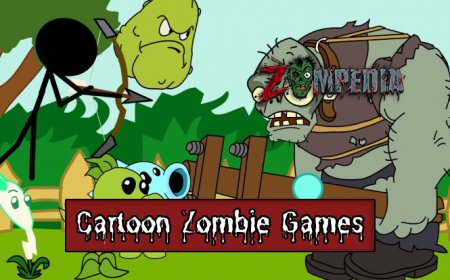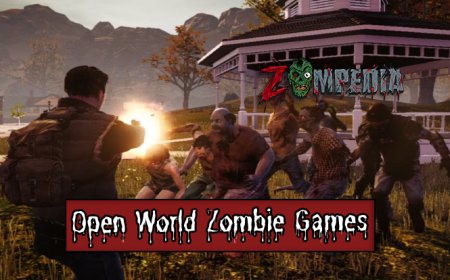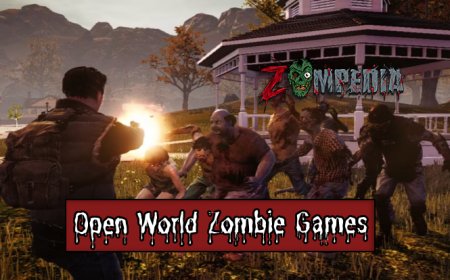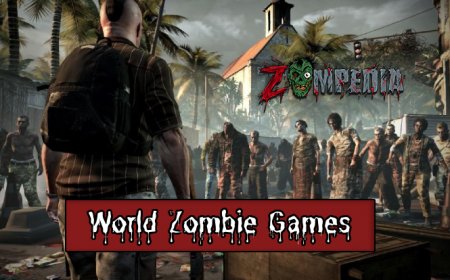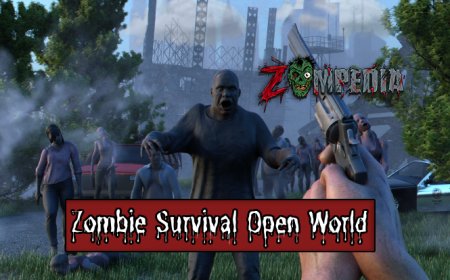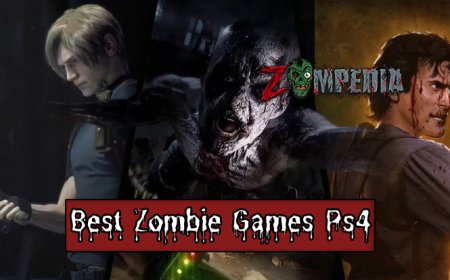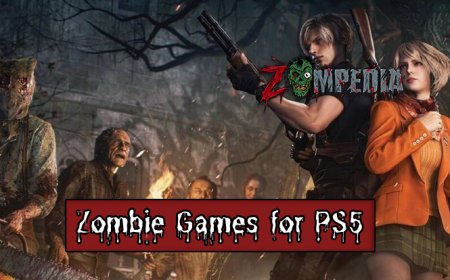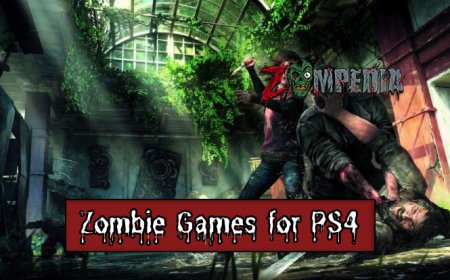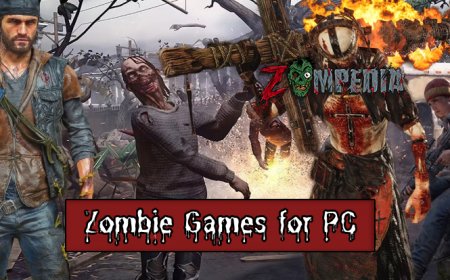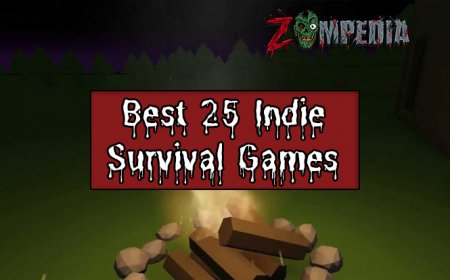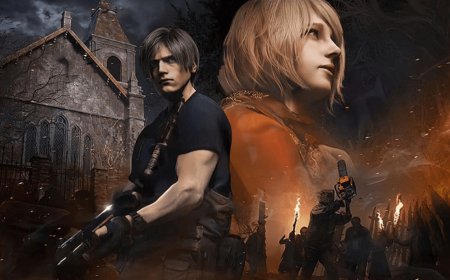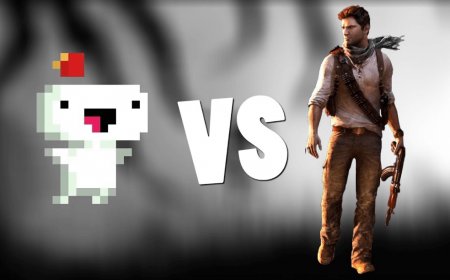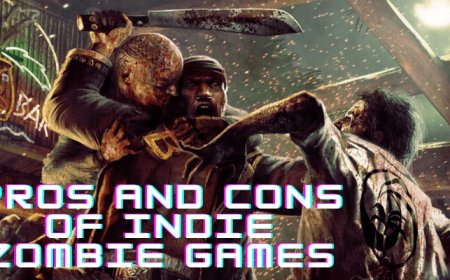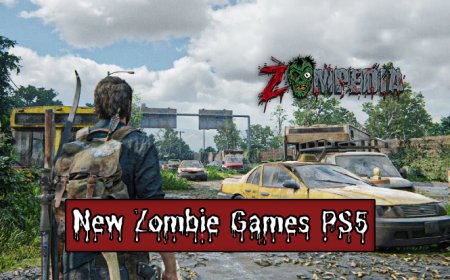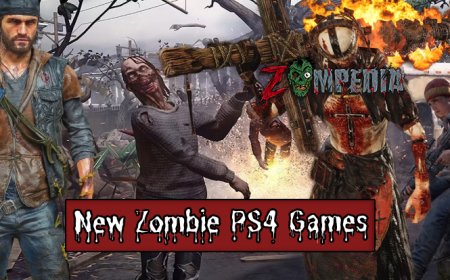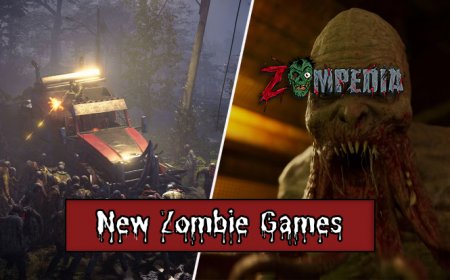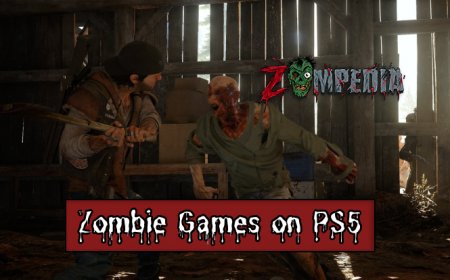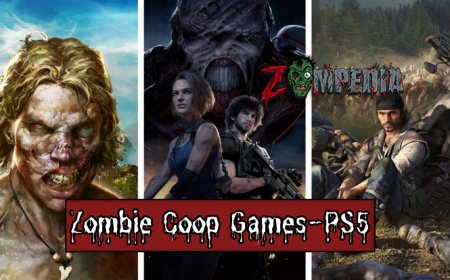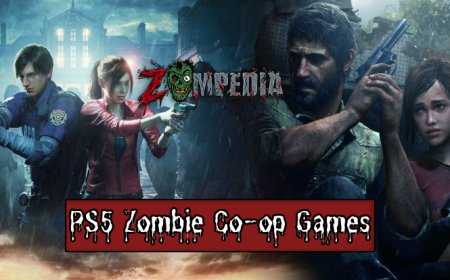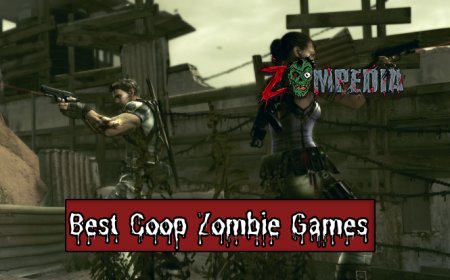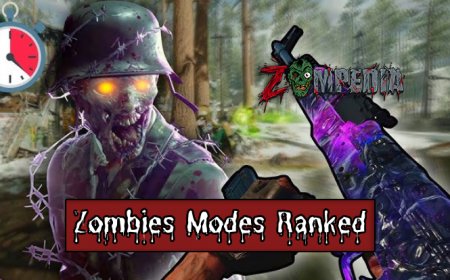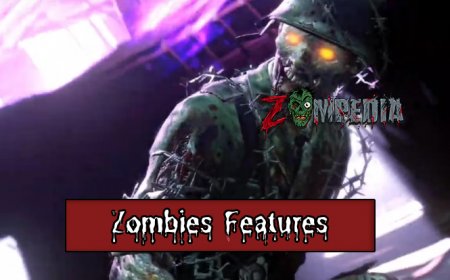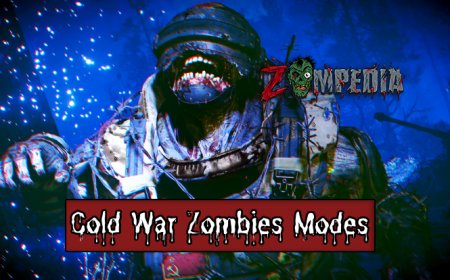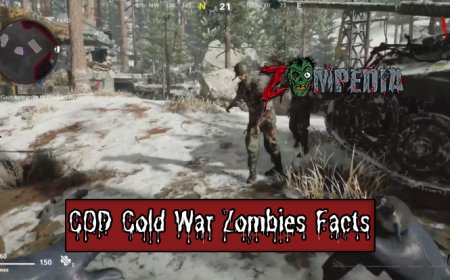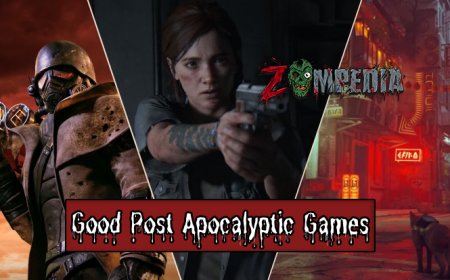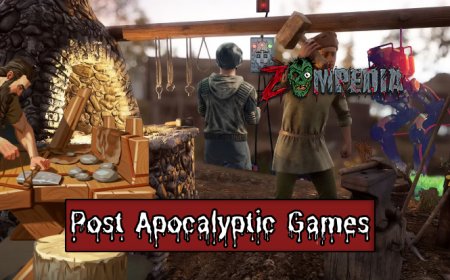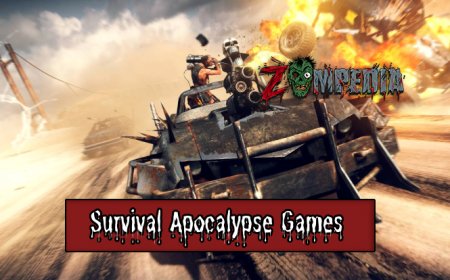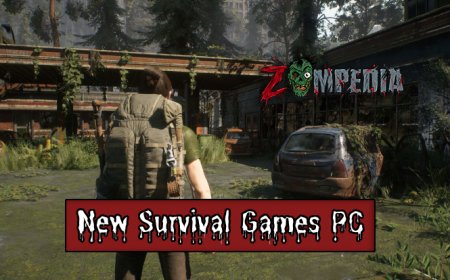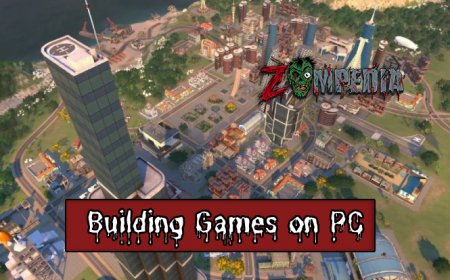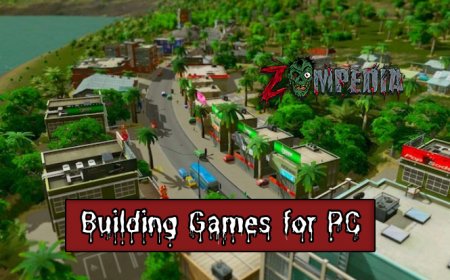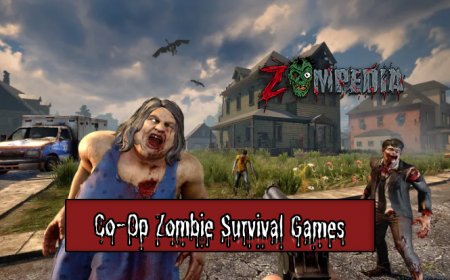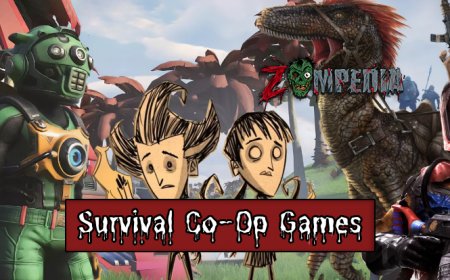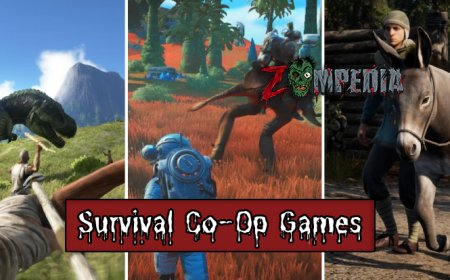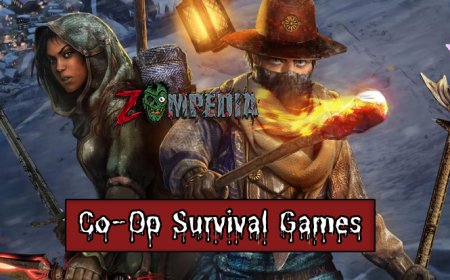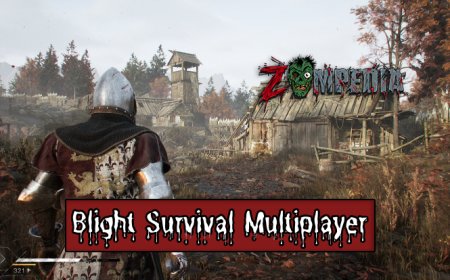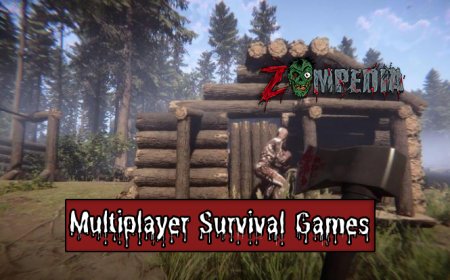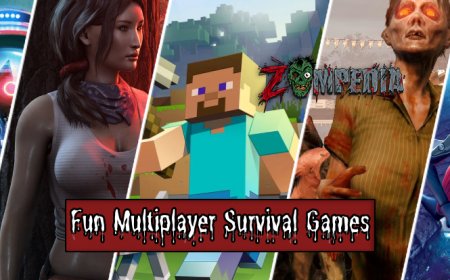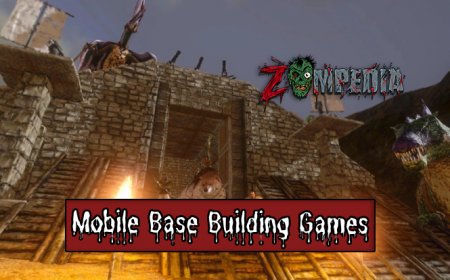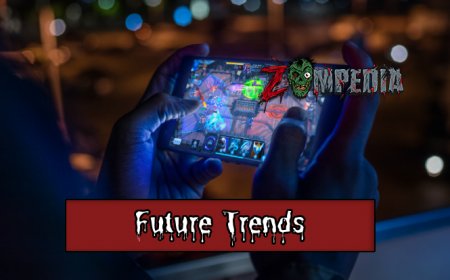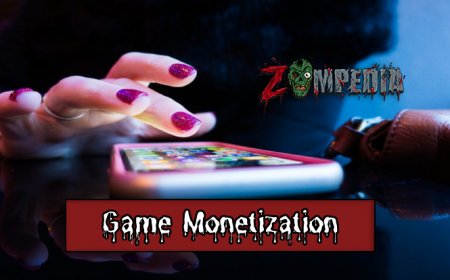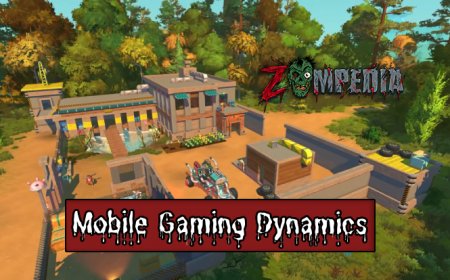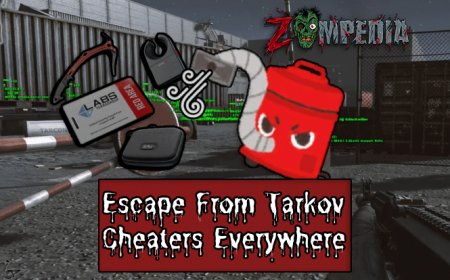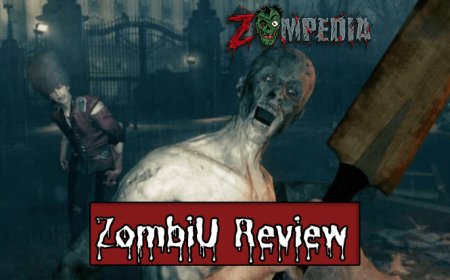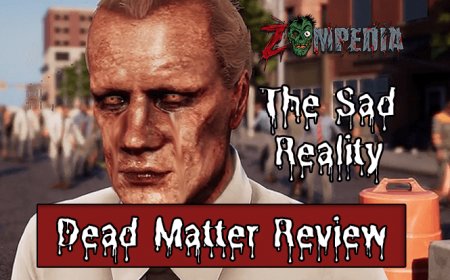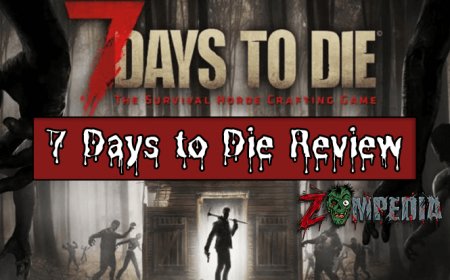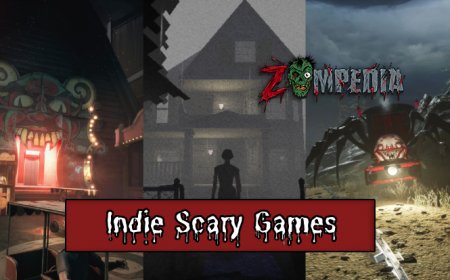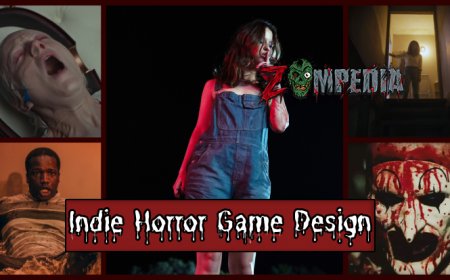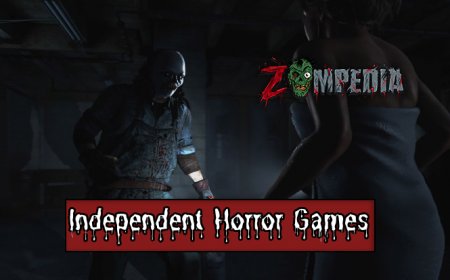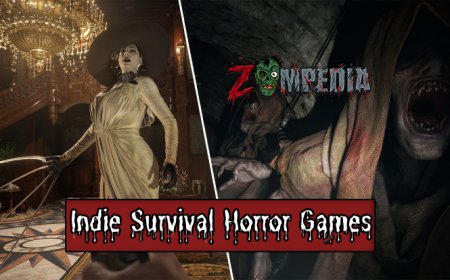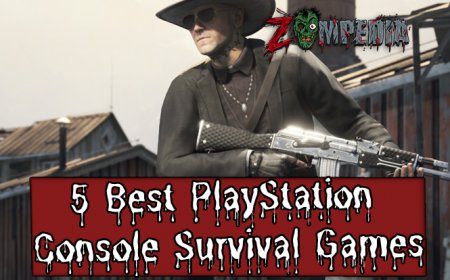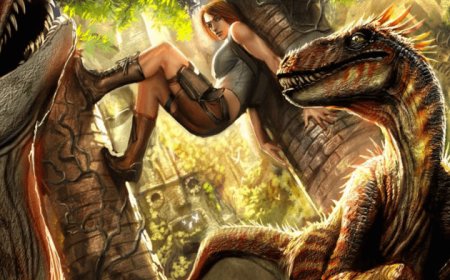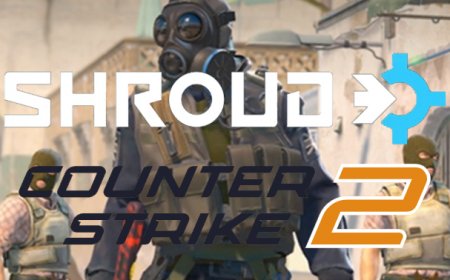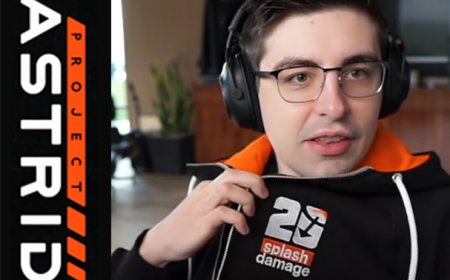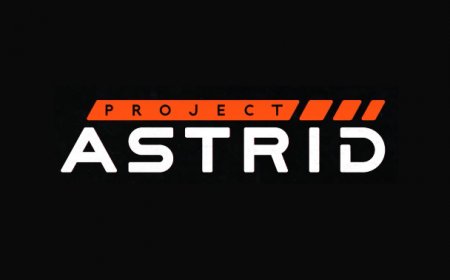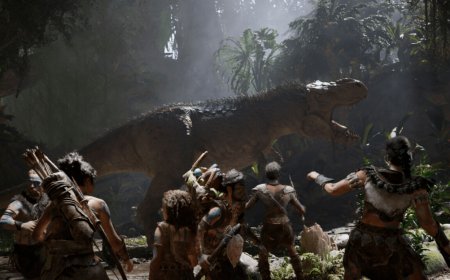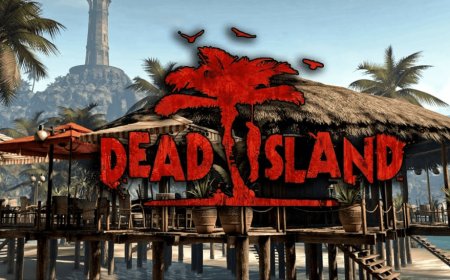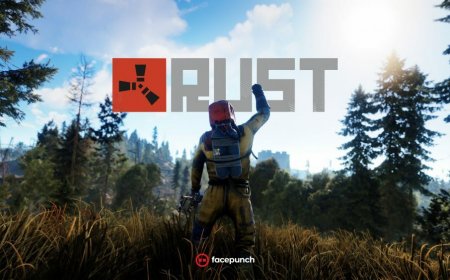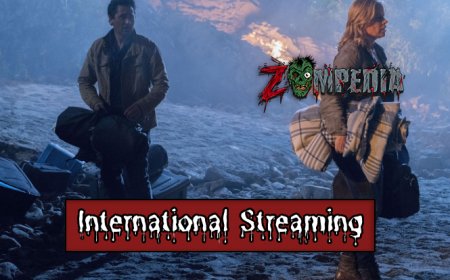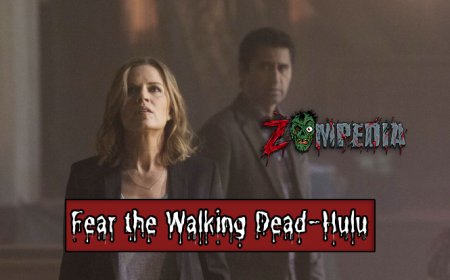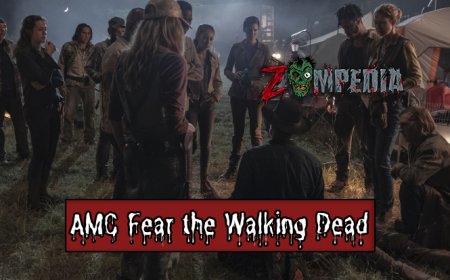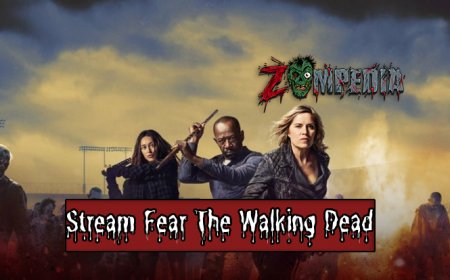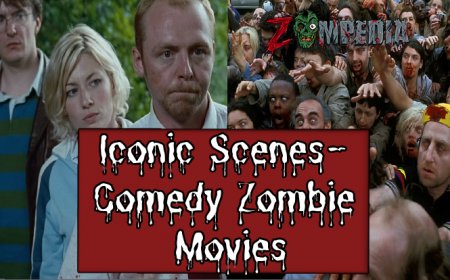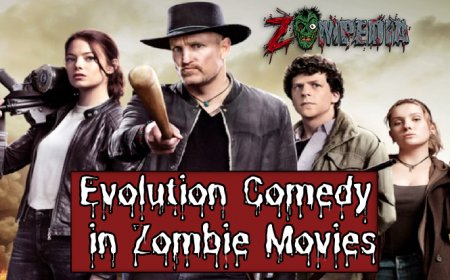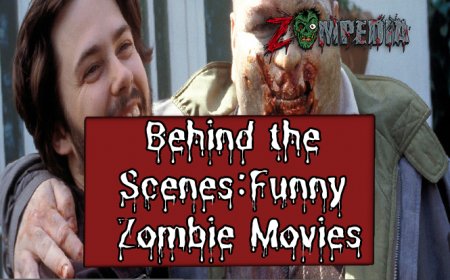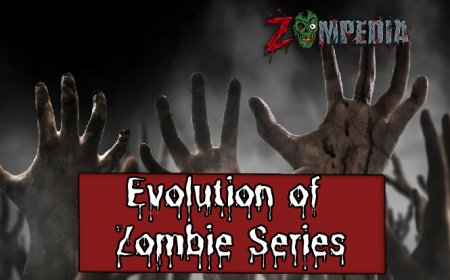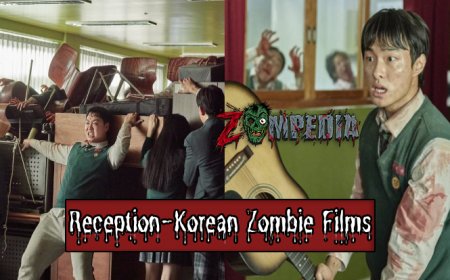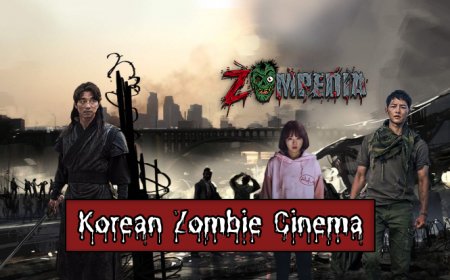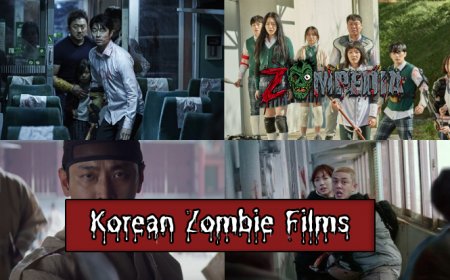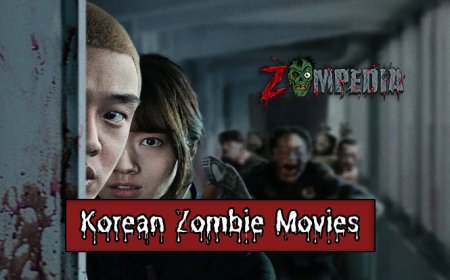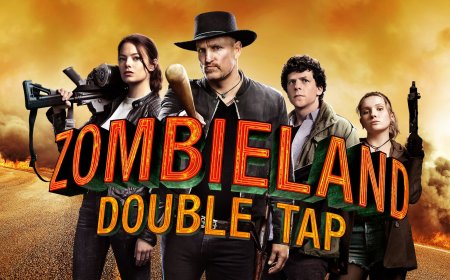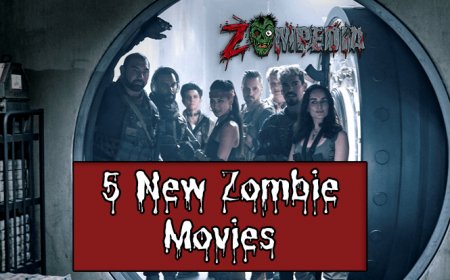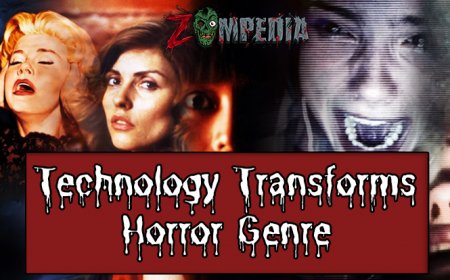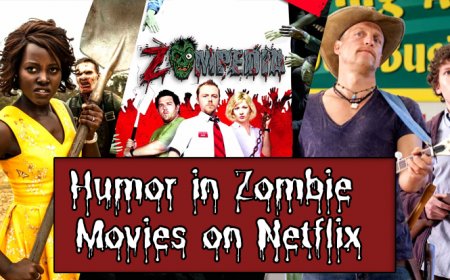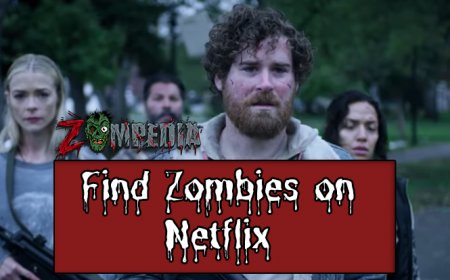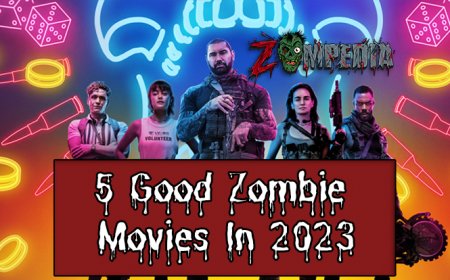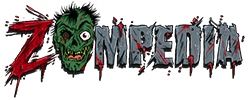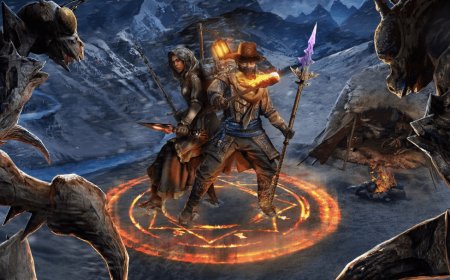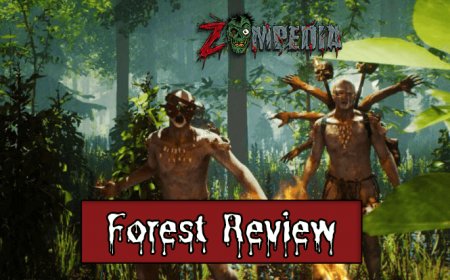Unleashing Creativity in Indie Horror Game Design
Analyzing how developers leverage freedom in the indie medium to create uniquely terrifying scenarios.
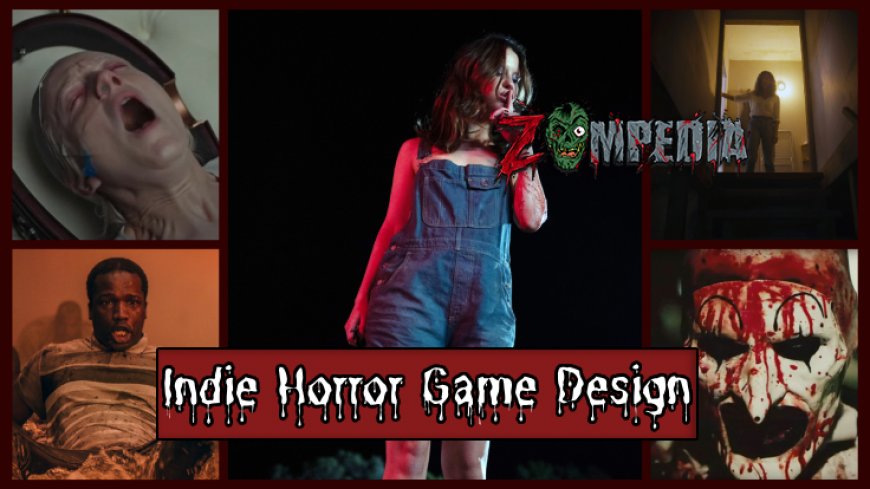
Indie horror game design has surged in popularity over recent years, leaving fans breathless with uniquely terrifying creations. This phenomenal rise in indie games has fueled new depths of horror, challenging our sense of fear and uncertainty. As gaming platforms and technology advance, developers around the globe can now utilize this new latitude of creativity to create horrifying scenarios, unlike anything we've experienced before.
The Art of Indie Horror Game Design
Indie designers are pushing boundaries, leveraging their freedom in the indie medium, leading to fantastic — and ghastly — results. Their creative process, unbound by big studio guidelines and market constraints, gives birth to unique narratives and unimaginable horrors. Let's take a deeper dive into how this creativity is unleashed in indie horror game design.
Table of Contents
- The Roots of Indie Horror
- When Creativity Meets Horrors
- Unique Storytelling in Indie Horror
- Strategies of Terror: Implementing Fear in Gameplay
- Influence of Indie Horror on the Gaming Industry
- The Future of Indie Horror Game Design
The Roots of Indie Horror
![Top 15] Best Indie Horror Games Released in 2021 | GAMERS DECIDE](https://www.gamersdecide.com/sites/default/files/itstimetodual.jpg)
Understanding the essence of indie horror game design starts by tracing its roots. Going back a couple of decades, independent game developers were boxed by limitations - hardware constraints, limited distribution channels, and a lack of funding, to name a few. However, it was these challenges that fueled innovative solutions and gave birth to the genre of indie horror.
Let's look back at two significant catalysts of indie horror games:
- Amnesia: The Dark Descent - This absolute classic from Frictional Games arguably birthed the modern indie horror genre. Unforgiving mechanics and Lovecraftian themes combined with innovative story-telling made this a benchmark for indie horror.
- Slender: The Eight Pages - An indie game that leveraged the viral Creepypasta sensation, creating a minimalist but intensely terrifying experience. It showed how effective horror could come from simple designs and mechanics.
Breaking the Mold
The success of games like these demonstrated that independent developers, when armed with creativity, could compete head-to-head with triple-A games. This success provided the much-needed shockwaves that stoked the embers of indie horror creativity, setting the path for newcomers.
When Creativity Meets Horrors
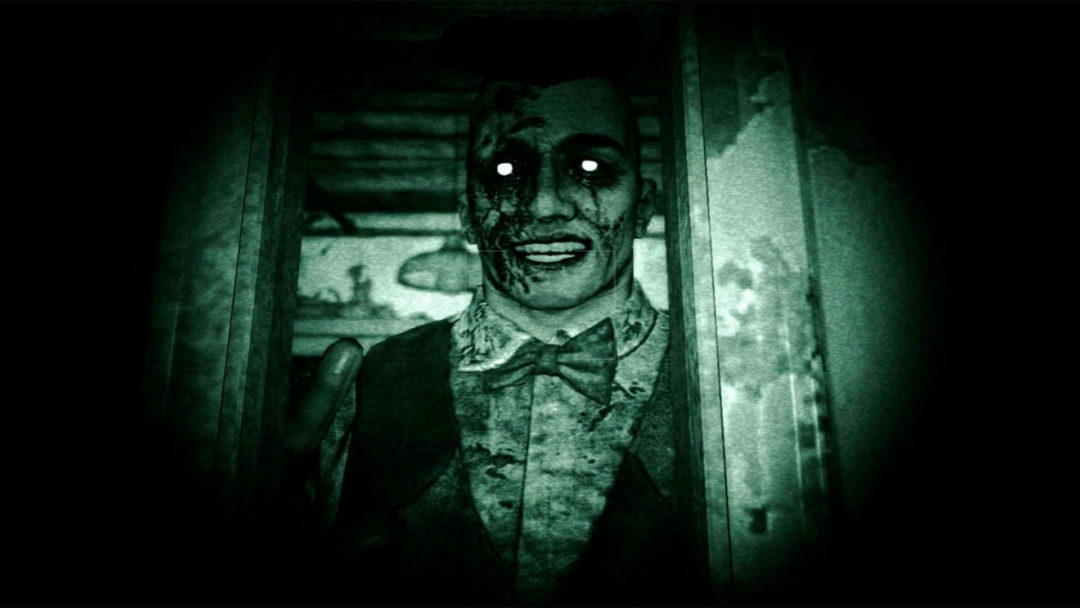
In indie horror game design, creativity is king. Without the pressure of conforming to market trends or the need to appeal to a broad audience, indie developers are free to explore their dark, imaginative playgrounds. This unbounded creativity has resulted in games that defy traditional horror norms and ahead-of-the-curve mechanics.
Some notable examples of creativity at play in indie horror are:
- Outlast - Red Barrels' masterpiece threw weapon mechanic out of the window, leaving players defenseless and immersing them in real fear.
- Layers of Fear - Bloober Team crafted a psychedelic horror venture that messed with player perception, creating lingering uneasiness and unforgettable twist-filled narratives.
- FNAF (Five Nights at Freddy's) - Scott Cawthon's infamous animatronics showed us a new kind of terror, turning a simple point and click mechanic into an unpredictable and intense survival horror experience.
More than Just Scares
Indie horror is not just about scares; it's a creative melting pot where developers create emotional horror narratives, mind-bending landscapes, and innovative gameplay mechanics. Their creativity is the pulse of the indie horror genre, leading it to thrive in an industry dominated by triple-A giants.
Unique Storytelling in Indie Horror
One of the most alluring aspects of indie horror game design is the unique spins on storytelling. These games often portray nuanced narratives that mainstream games rarely explore, with more personal, intimate, and emotionally charged experiences. Whether it's the deep psychological disturbances in 'The Cat Lady,' the trauma and guilt beneath the supernatural hauntings of 'Fran Bow,' or the hauntingly beautiful sadness in 'What Remains of Edith Finch,' indie horror games are unrivaled in their intimate and evocative storytelling.
The Power of Narrative
The narration in indie horror games provides much more than context; it's a subtle instrument to maximize fear. The mysterious backstory of 'Silent Hill', or the ominous scrawled messages in 'Dead Space,' are integral to their suspense-building. This narrative design creates a profound connection between player and game, propelling fear beyond just monsters and dark environments.
Strategies of Terror: Implementing Fear in Gameplay
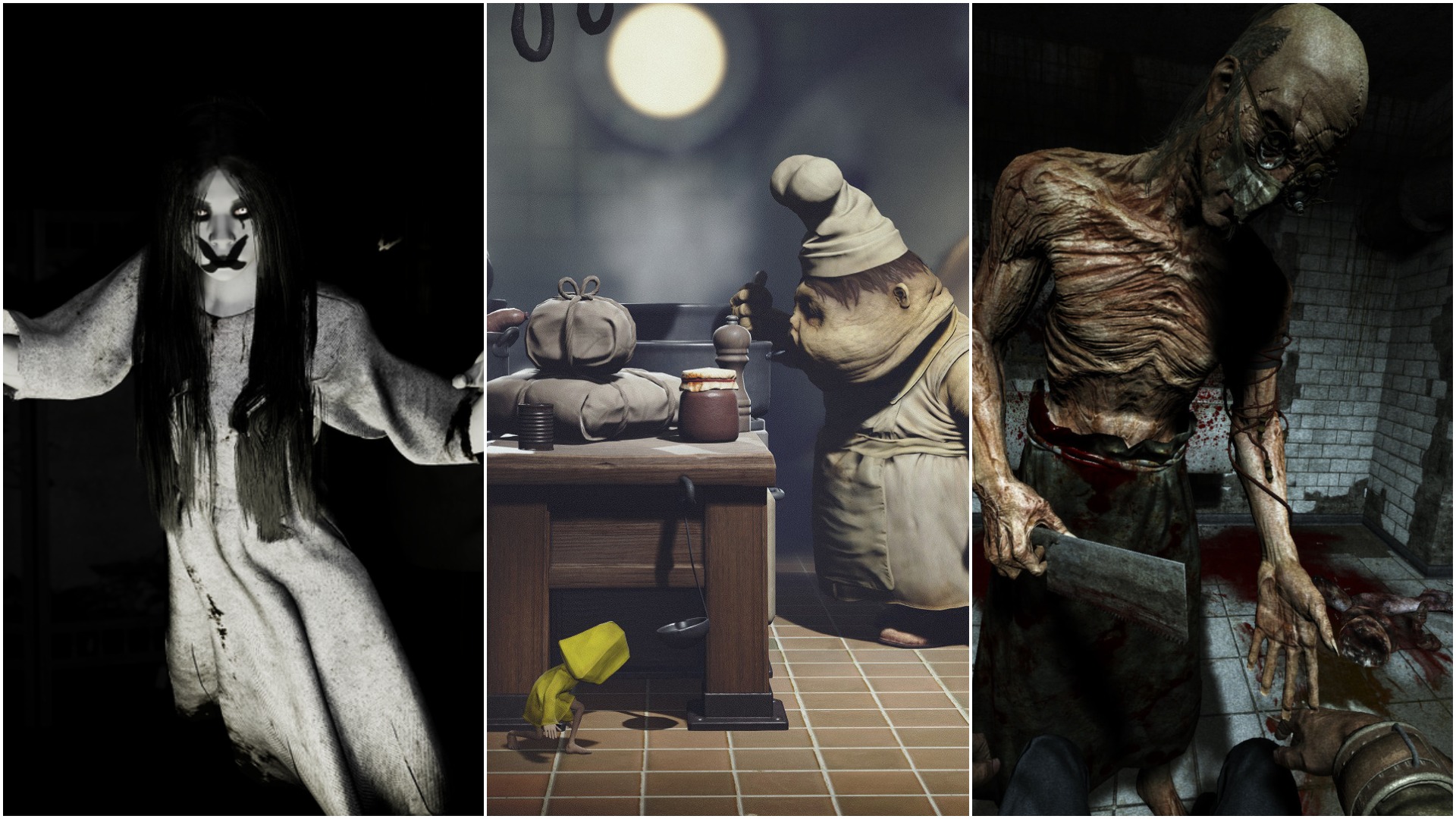
The chilling effect of a horror game lies in its successful blend of story, graphics, and, of course, gameplay mechanics. Indie horror game developers have become masters at creating novel ways to instill fear. Non-reliance on weapons in 'Amnesia', time-driven mechanics in 'FNAF,' or relentless narratives in 'Soma' all serve to throw players into disarray, keeping them on edge and enhancing the horror.
"Creating terror isn't just about putting a monster in a dark room. It's about destabilizing the player, making them question what they know, and keeping them on the edge of their seat," - Indie Game Developer.
Influence of Indie Horror on the Gaming Industry
What was once an underdog niche, indie horror games are now a significant force in the gaming industry, influencing not just other indie developers but also major studios. The indie style of unconventional mechanics and story-driven horror has found its way into triple-A titles. Games like ‘Resident Evil 7: Biohazard’ and 'The Evil Within' borrow heavily from indie horror, centering their gameplay around run-and-hide mechanics and narrative-driven horror.
The Ripple Effect
Indie horror's influence shows that gamer preferences are evolving. It recognizes the demand for rich stories and unique experiences over big-budget graphics and explosions. This shift has resulted in a more diverse gaming industry, providing an eclectic mix of games that cater to all types of horror enthusiasts.
The Future of Indie Horror Game Design
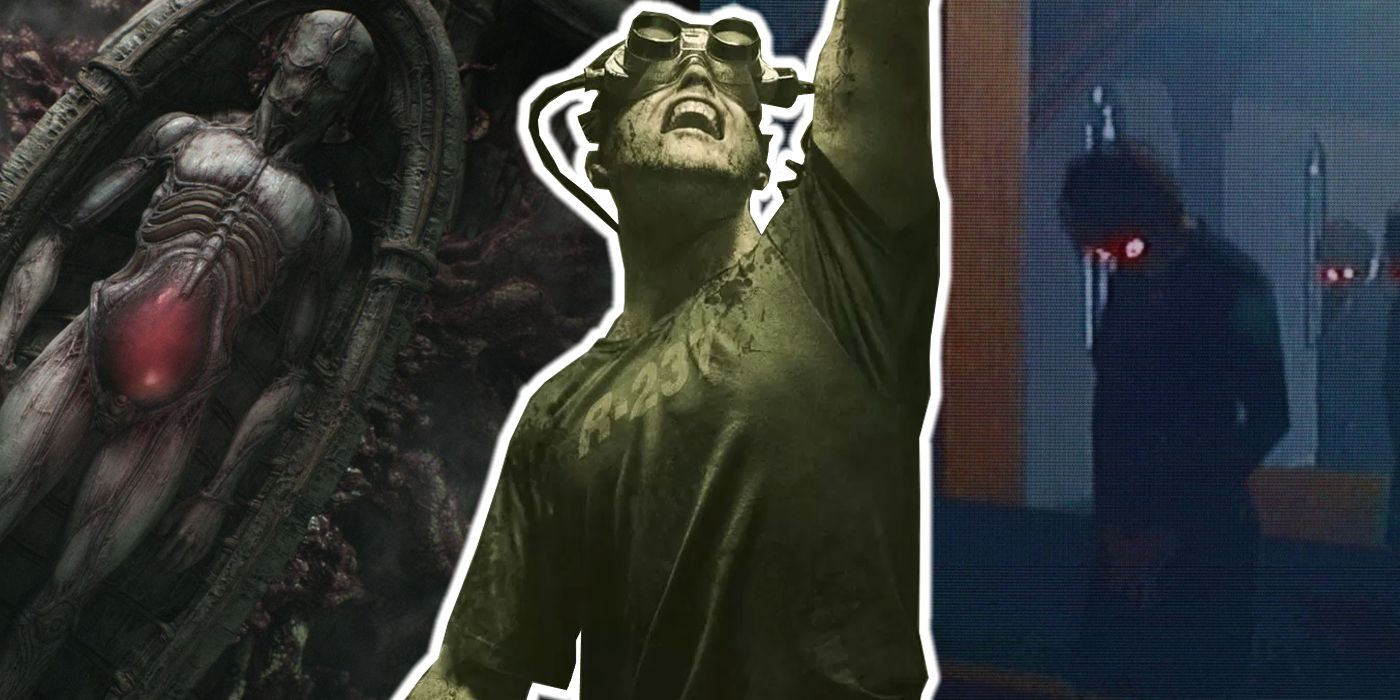
The age of indie horror is far from over. With ever-evolving technology and expanding platforms, expect indie developers to continue pushing the boundaries of the genre. VR, AR, and even cross-genre hybrids that blend horror with other types like survival and RPG elements are on the horizon.
- Phasmophobia - An indie horror that leverages VR to offer a chilling co-operative ghost hunting experience.
- In Sound Mind - A first-person psychological horror adventure that promises innovative gameplay and an intriguing narrative.
- Scorn - Planned for Xbox series X and PC, this game presents an atmospheric horror set in a disturbingly nightmarish world.
Democratizing Horror
As long as there are creative minds willing to experiment and tell stories that push the limits of our comfort zones, indie horror games will continue to thrive. The future is bright - or rather, dark and terrifying - for indie horror game design.
What's Your Reaction?







